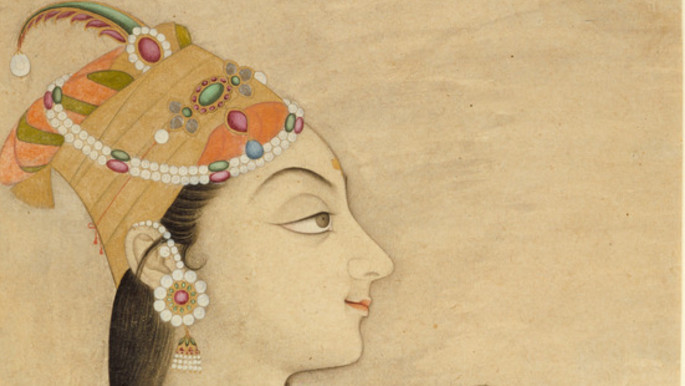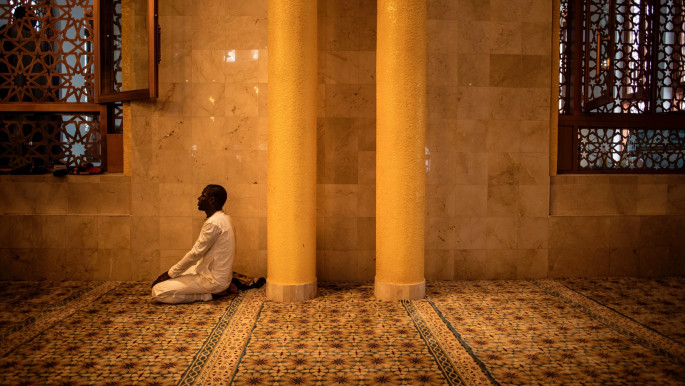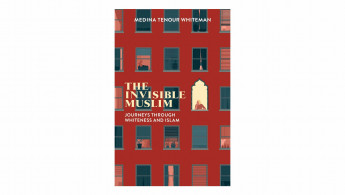The Invisible Muslim: Journeys Through Whiteness and Islam
However, this description is incomplete, as The Invisible Muslim is not your regular memoir. It is in fact one that includes profound analysis of the Muslim world's different facets through the historical events that are relevant to her travels.
There is, in the midst of history, travels, and Islam, the author's glaring or invisible whiteness that comes with white privilege. Although at first glance, whiteness and racial identity seem to be the core of this memoir, they are only a drop in the ocean as her main theme is the natural diversity of the Ummah.
The non-fiction genre of the book does not prevent the author from writing with a beautiful prose and equally beautiful analogies to illustrate a different perspective on the issues raised.
In addition, a pinch of humour is sprinkled throughout the book to counterbalance the heavier themes, creating a sense of familiarity between the author and the reader.
Medina Tenour Whiteman was born to Sufi parents in Granada, Spain but grew up in "the whiter-than-white area of Essex". She is an American citizen and currently lives in Granada with her Iranian husband and three children.
 |
Medina Tenour Whiteman's book is a sincere and nuanced reflection on race, identity and the author's experiences as a white Muslim |  |
In between her youth in Britain and her current location, a lot of traveling happened. She visited Kenya, Tanzania, Bosnia, Andalusia, among many other places, driven by a sense of not belonging to Britain. "My youth was marked by a growing sense that I belonged to some vaguely foreign Islamic place, unconnected to any specific land but nonetheless definitely not English".
She actively delved into the Muslim world and it seems that Islam followed her no matter where she went, even when her trips were not motivated by religious purposes. One example is her encounter with a Ladakhi Muslim in a predominantly Buddhist part of Northern India.
 |
|
| Read more from The New Arab's Book Club: A History of Islam in 21 Women by Hossein Kamaly |
This "new discovery of Muslim marginalia" leads to an account of the historical and friendly relationship between Muslims and Buddhists in Tibet and Ladakh from which the author benefits.
Indeed, it brings about a shift in perspective when it comes to accepting other religions and protecting each other despite our religious differences. The West is not exceptional or innovative for being heterogenous.
Another powerful characteristic of the book is the way Medina Tenour Whiteman manages to self-reflect as she writes about her travels and encounters. Being white and Muslim helped her be aware of her white privilege, but it did not make her "immune from being racist or prejudiced", just as the Ummah is not immune to racism either.
Despite the fact that the book explores whiteness and marginality in the Muslim world, the author does not centre the narrative around herself but instead presents herself as just another regular part of Islam. The Invisible Muslim gives space to "Muslim marginalia" by focusing on it while showing that there are no unexpected Muslims.
Speaking of invisibility, Medina Tenour Whiteman explains the concept in its entirety. The starting point is the obvious whiteness that procures invisibility to white Muslims and is well illustrated in the chapter 'Distant Enough for Intimacy: Mostar and Sarajevo', with Bosnia as "a nation of practically invisible Muslims". The dynamics however, between Muslims and non-Muslims are very different from those existing in Britain.
 |
The book is a memoir in which personal experience is intertwined with historical events to celebrate the diversity of the Muslim world |  |
The author does not limit herself to the physically visible aspect of this word and expands it to the religious and spiritual. She defines it through the hijab, which in different cases allows a woman to be visible or invisible. Motherhood is another example of invisibility in Islam, especially as the mother retreats from the outside world and isolates herself to care for her new-born - without being necessarily negative.
As the author writes: "We all started this way, in the sanctuary of the womb. Islam itself was revealed to the prophet in meditative seclusion". Medina Tenour Whiteman draws a positive outlook on being Muslim and invisible from Islam itself, from the Prophet as well as from Allah.
 |
|
| Read more from The New Arab's Book Club: An essential reading list on Black Muslim history |
Indeed, the last chapter 'Hiding in Plain sight: On Hijab and Invisibility' concludes on a beautiful note, that of Allah being invisible to the human eye but still obvious and present in his magnificent creations, thus hiding in plain sight.
Medina Tenour Whiteman generously shares with the readers her different and diverse journeys, both physical and spiritual. The spectrum of issues tackled in The Invisible Muslim is wide and yet the author still succeeds in deeply analysing them.
There is a clear evolution from the beginning to the end of the book in which the author finds answers to some of her questions.
The Invisible Muslim is a memoir in which personal experience is intertwined with historical events to celebrate the diversity of the Muslim world.
Assia Belgacem is a French-Algerian book reviewer with a focus on Muslim and Arab literature
Follow her on Instagram: @shereadsox
The New Arab Book Club: Click on our Special Contents tab to read more book reviews and interviews with authors:
 |
|



